June is National Pollinators Month, the perfect time to emphasize the important relationship between pollinators and native plants. One of the things that makes the C&O Canal National Historical Park (NHP) so special is the park’s biodiversity. It is home to more than 1,500 different species of plants, including 118 rare, threatened, and endangered plants. One of the C&O Canal Trust’s more recent initiatives includes raising funds to help protect these rare plants.
How does pollination work? Simple! Pollinators, such as birds, bees, butterflies, and even bats, carry pollen debris to plants, which is then deposited on the stigma of these plants. The plants are then fertilized, which in turn allows them to reproduce, producing fruit, seeds, and more plants. This process is essential to maintaining ecosystems around the world. Pollination allows floral growth, which provides habitat for animals, like insects and birds. Pollinators also contribute to healthy soils and clean water by fostering robust plant communities.
Below we have included several photos of some of the more common pollinators you may see in the park. We encourage you to take note of these important creatures that work hard to help maintain the biodiversity of our beloved C&O Canal! Pollinators’ ecological service is valued at $200 billion each year (USDA, 2020).
Monarchs
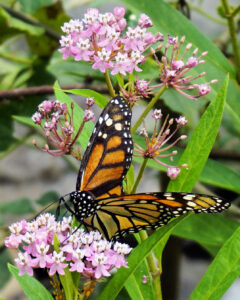
Drawn by Sweet Nectar (Monarch) by MJ Cllingan
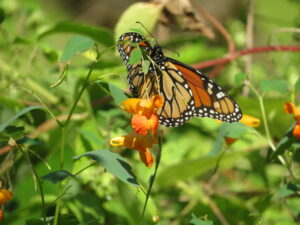
Monarch on Jewelweed 9.19.21 (near Harper’s Ferry) by Sue Roosma
Bees
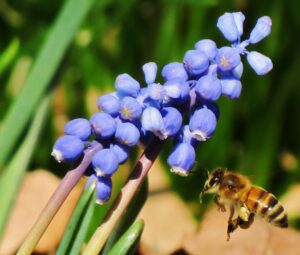
Grape Hyacinth with Honey Bee by Amy Allen
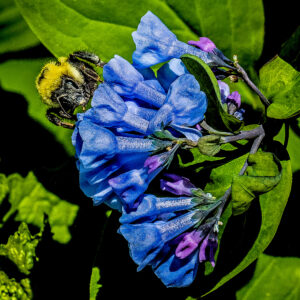
Busy Bee and Bluebells by Paul Graunke
Swallowtail Butterfly
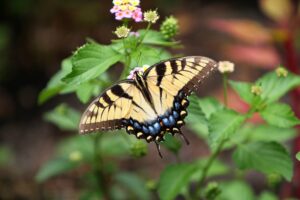
Eastern Tiger Swallowtail by Charissa Hipp
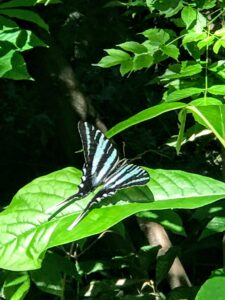
Zebra Swallowtail on Paw Paw leaf by Jon Wolz
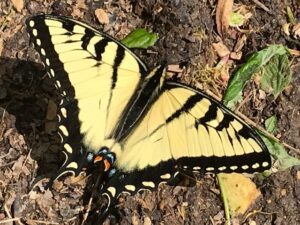
Swallowtail Butterfly near mm 23 by Andrea Hom
Cabbage White Butterfly and Great Spangled Fritillary
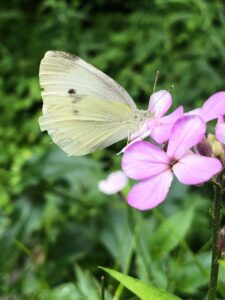
Cabbage White Butterfly on Dames Rocket by Charissa Hipp
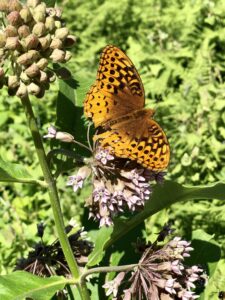
Great Spangled Fritillary on Milkweed by Charissa Hipp
Bats
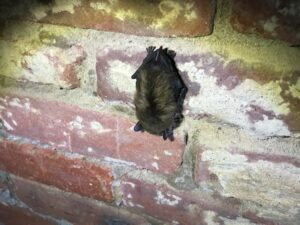
Bat in Paw Paw Tunnel by Nanette Nyce





